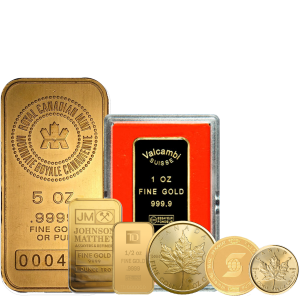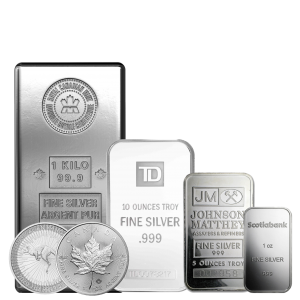

Barber Dime (1892 - 1916)


Image Courtesy of Professional Coin Grading Service (PCGS.com)
Overview
The Barber currency consisted of three different denominations: dimes, quarters, and half dollars. These dimes were struck between the years 1892 and 1916, and Charles Barber, who was the head engraver at the United States Mint, was the one who was responsible for the design of these coins. Because it has a high numismatic value, historical relevance, and an exquisite design, collectors and investors find it to be a fascinating coin.
Features Includes:Barber dimes are composed of two components: 90 percent silver and 10 percent copper.
- • Miss Liberty is represented on the front of the coin, which bears the ten-cent value. She is wearing a laurel wreath, and her hair is wrapped in a Phrygian cap. She is looking to the right. Above her forehead, there is a band that bears the word "Liberty" printed in extremely small characters. This band represents her freedom.
- • After the date, there is an inscription that encompasses the words "UNITED STATES OF AMERICA," which is circular. It is the same design that was used in the past on the reverse, and it features a large wreath that is around the text "ONE DIME."
The worth of the dime can vary substantially not just based on their general condition, but also on the year in which they were minted, the location of the mint, and the mint itself. If you have a Barber Dime that is from a mint year that is highly sought after and appears to be in very excellent shape, you might want to consider sending it to a professional coin grading agency like the Philadelphia Coin Grading Service or the Numismatic Guaranty Corporation. Both organizations are known for their expertise in evaluating coins.
The Production of CoinsMany different locations were utilized by the United States Mint to produce the dime beginning in the year 1906. New Orleans (O), San Francisco (S), Denver (D), and Philadelphia (D) were among the facilities that were included in this category. Philadelphia did not have a mintmark. It will be great to include 1895-O, 1901-S, and 1913-S in the collection.








